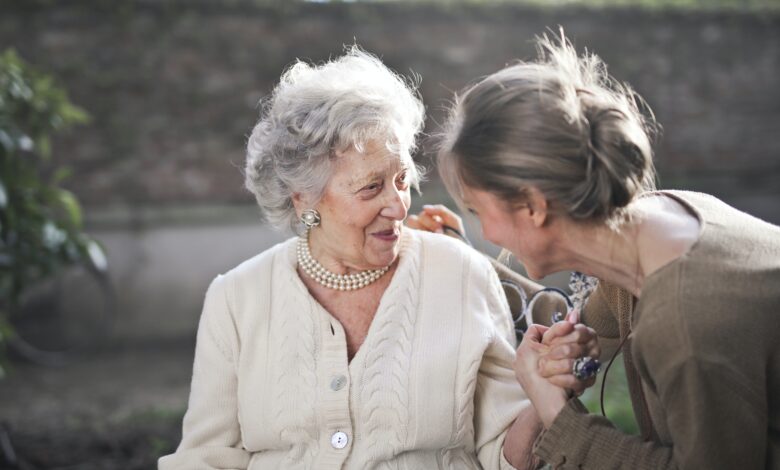Christie Clinic: How to prevent falls as you age

By Sarah Jo Bouton, PT; Christie Clinic Department of Physical Therapy
According to the CDC, 28% of adults 65 years old or older had a fall last year. This results in 36 million adults who fall each year and about 37% of those who fall report some sort of injury that required medical treatment or had to change their activity level due to the fall. Older adults who experience a fall may have their mobility and independence compromised for the remainder of their lives and cause them to become dependent on other’s for assistance with their everyday tasks.
Preventing falls is an important aspect of maintaining safety and well-being, especially for older adults. Falls can lead to serious injuries, so it’s crucial to take proactive measures to minimize the risk. Here are some strategies and recommendations for preventing falls:
- Regular exercise: Engage in regular physical activity to improve strength, balance, and flexibility. Exercises such as walking, swimming, or tai chi can be particularly beneficial for improving stability and reducing the risk of falling.
- Home modifications: Make your living environment safer by removing tripping hazards such as loose rugs or cluttered pathways. Installing handrails on staircases, grab bars in the bathroom, and adequate lighting throughout your home may also help.
- Vision check-ups: Get your vision checked regularly and update your prescription if needed. Poor vision can increase the risk of falls, so wearing appropriate eyeglasses or contact lenses is essential.
- Medication management: Some medications may have side effects that may affect balance and coordination. Review your medications with your healthcare provider to identify any potential risks and discuss alternatives if necessary.
- Footwear: Wear properly fitting, supportive footwear with non-slip soles. Avoid high heels, loose slippers, or shoes with worn-out treads that can increase the risk of slipping.
- Assistive devices: If needed, use assistive devices such as canes or walkers to provide additional support and stability while walking. Make sure these devices are properly fitted by a healthcare provider and regularly maintained.
- Fall detection/alert systems: Consider using fall detection or alert systems, which can automatically notify caregivers or emergency services in case of a fall. These systems often come in the form of wearable devices or home sensors.
- Stay aware of your surroundings: Be mindful of potential hazards, uneven surfaces, or slippery areas, both indoors and outdoors. Take your time when walking and avoid rushing or making sudden movements.
- Adequate nutrition: Maintain a well-balanced diet to support bone health and muscle strength. Make sure you’re getting enough calcium, vitamin D, and other nutrients necessary for maintaining healthy bones.
- Regular check-ups: Schedule regular check-ups with your healthcare provider to discuss any concerns related to balance, mobility, or fall risk. They can assess your condition, provide appropriate recommendations, and address any underlying medical issues that may contribute to falls.
Remember, preventing falls is a multifaceted approach that involves a combination of lifestyle modifications, environmental adaptations, and regular monitoring. If you or someone you know is at a high risk of falling, consulting with your primary care provider or a physical therapist to provide personalized recommendations based on specific needs and circumstances.





